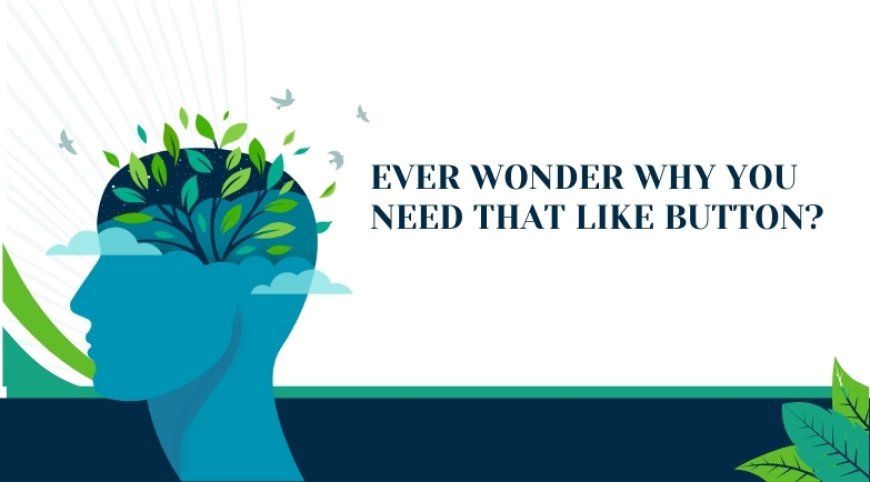When I first set up my home office, I thought all I needed was a slick desk and the latest gadgets. Yet after weeks of staring at code and endless Zoom calls, I realized something was missing: my space wasn’t supporting me. That’s when I dove into the world of home psychology and mindful design, learning how the places we inhabit shape everything from focus to our sense of social approval. Whether you’re just starting an IT career or fine‑tuning your remote work setup, these trends will help you craft a home that’s as smart as your software.
1. The Rise of Mindful Design: Merging Tech and Tranquility
In the early days of remote work, I confess I treated my apartment like a server room cold, minimalist, and entirely functional. But minimalist doesn’t have to mean sterile. Today’s mindful design trend encourages us to see our homes as living, breathing environments. Think soft rugs underfoot, warm lighting that mimics sunrise, and furniture arranged to invite natural conversation rather than isolate us behind twin monitors.
Real Talk: I swapped my harsh overhead light for a smart lamp that gently brightens at 8 AM, and suddenly my morning stand‑up calls feel less like a jolt and more like a gentle nudge into the day.
2. Biophilic Design & Digital Detox Zones
If you’ve ever refreshed your social media feed first thing in the morning, you know how quickly you can get sucked into the scroll. The antidote? Bringing the outside in. Biophilic design—incorporating natural elements like plants, wood, and water features not only soothes the mind but also anchors you when the urge for mindless scrolling hits.
· Plant Corners: Even a small succulent or an air‑purifying snake plant on your desk can create a mini oasis of calm.
· Natural Materials: Swap out synthetic desk mats for a corkboard or bamboo one to ground your gadget‑heavy setup.
· Digital Detox Nook: Dedicate a small corner ideally away from your main workstation where you leave all devices behind. Use it for reading or brainstorming, and watch how your creativity flourishes without the pings of social validation notifications.
3. Color Psychology Meets Code
Colors are more than just decoration they communicate and influence mood. As someone who’s spent countless hours in IDEs (integrated development environments), I’ve found that the right hues can make or break my focus.
· Calming Blues & Greens: Ideal for deep‑focus tasks like debugging.
· Warm Accents (Yellows, Terracotta): Perfect for quick brainstorming sessions think sticky notes on a terracotta‑hued accent wall.
· Neutral Backdrops: Let your personal décor pieces photos, art, or souvenirs shine without overwhelming the eye.
By thoughtfully choosing colors, you’re not just painting walls; you’re tapping into the subtle power of home psychology to guide your emotional state.
4. Healing Spaces: Addressing Childhood Trauma Through Design
Design isn’t just about aesthetics it can also be deeply therapeutic. Many of us carry echoes of childhood trauma maybe a room that felt chaotic or lacked safe, cozy corners. Mindful designers now advocate for reclaiming those wounds. Soft textiles, layered lighting, and personal memorabilia can transform a space into a sanctuary.
Personal Example: Growing up, my family home never had a “quiet corner.” As an adult, I filled mine with plush cushions, a reading lamp, and my favorite childhood books. Every time I sit there during a tough sprint, I feel a grounding sense of emotional safety I never had before.
5. Designing for Adult Relationships: Collaborative Corners
If you share your space with partners, roommates, or even family members, you know balancing solo work with togetherness can be tricky especially when deadlines loom. That’s where collaborative corners come in: thoughtfully designed areas that foster adult relationships without compromising individual focus.
· Shared Whiteboard Wall: Jot down sprint goals or brainstorm session ideas together.
· Standing Meeting Nook: A small table and two stools by a window create a purposeful “meeting room” feel.
· Acoustic Panels: Strategically placed to dampen noise when someone needs silence.
By giving each other dedicated zones yet keeping them within sight social approval for taking breaks or switching tasks becomes part of your daily ritual, not a guilty afterthought.
6. Balancing Social Validation with Self‑Awareness
We live in an age where social media often dictates our sense of success. It’s tempting to chase external likes for your home décor photos or publicize your latest productivity hack. But mindful design invites a different mindset: cultivate spaces that satisfy you first, not your followers. That doesn’t mean going off the grid just prioritizing personal well‑being over perpetual performance.
Tip: Before you snap that Instagram story of your new standing desk, ask yourself: “Does this setup genuinely help me focus, or am I just seeking social approval?” If the answer is the latter, consider tweaking it until it feels authentic.
Conclusion: Your Next Steps to a Mindful Tech Home
Redesigning your space doesn’t require a complete overhaul overnight. Start small:
1. Choose One Element: Swap a harsh bulb for a soft lamp, or add a potted plant.
2. Create a Detox Zone: Even a corner of your room can become a device‑free refuge.
3. Reflect Weekly: Take notes on how changes impact your mood, productivity, and interactions.
By weaving together principles of home psychology, mindful design, and a dash of personal experimentation, you’ll cultivate an environment that not only elevates your IT work but also nurtures your mental and emotional well‑being. Ready to rethink your space? Grab a cup of tea, take a deep breath, and start designing the home that designs you back.





Comments